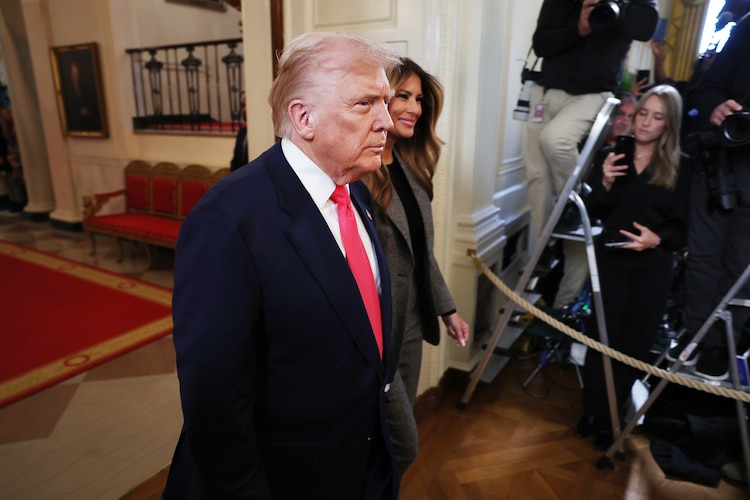NEWS
Trump Admin Live Updates: Trump Steps Up Economic Messaging Amid Voter Frustration

Americans are feeling the pinch. High grocery bills, inflation, and general economic frustration have become increasingly visible in recent polls and elections. The Trump administration has evidently taken note. According to major news updates, the White House has signalled a “heightened focus on economic issues” in response to voter unease.
Key themes:
Concerns over the cost of living — especially in food, housing and everyday essentials.
A perception that messaging (from Republicans generally, and the administration specifically) has not kept up with what voters are talking about.
What the Administration is Doing
Several tangible moves signal the shift:
The White House is planning increased domestic travel by President Trump for economic-focused speeches and events, designed to put him directly in front of the public with affordability themes.
A major executive order was signed to reduce tariffs on imported food and agricultural goods such as coffee, bananas, beef, and tomatoes—with the explicit goal of lowering grocery prices.
Policy ideas floated include a 50-year mortgage plan and a $2,000 dividend payment to Americans, as part of the messaging push.
Why the Change Matters
The shift reflects a recognition of vulnerability. The administration appears to acknowledge that delivering the message may matter as much as delivering outcomes. Some reasons:
Voters consistently cite affordability and economic anxiety as top concerns; efforts to address or even speak to those concerns can impact political standing.
The tariff rollback suggests a reversal—or at least recalibration—of a major policy pillar of the Trump era. Analysts note this may represent a concession to real-world pressures over ideology.
With midterm elections on the horizon, the administration likely sees that economic messaging may be key to maintaining or expanding support.
The Risks & Reality Check
Even as the messaging sharpens, experts caution:
Lowering tariffs may help ease grocery prices, but won’t produce dramatic immediate relief because supply chain issues and global commodity constraints also play a major role. For example, imported bananas and coffee may benefit, but beef (domestically produced) likely won’t see as much impact.
Critics may view the changes as policy flip-flops, which could erode credibility.
Messaging alone cannot substitute for durable economic improvement; if voters don’t see meaningful relief, the strategy may fall flat.
What to Watch
Implementation: Will the tariff reductions and economic measures actually lead to lower prices or just signals of change?
Roll-out of new policies: When and how will proposed ideas (e.g., dividend payments, long-term mortgages) be formalized?
Public and market reaction: Will voters respond positively, and will markets interpret the shift as stabilising or uncertain?
Political impact: How this plays into the midterms and how the administration uses these moves for broader electoral strategy.
—
In short: President Trump’s team appears to be shifting gears—moving beyond traditional themes of tax cuts and deregulation toward a messaging campaign focused on affordability and everyday economic relief. Whether this change delivers real results—and whether voters buy it—will likely play a significant role in the months ahead.












